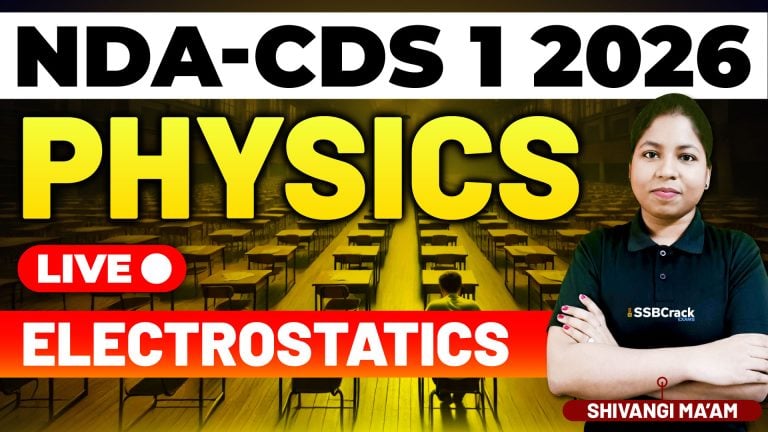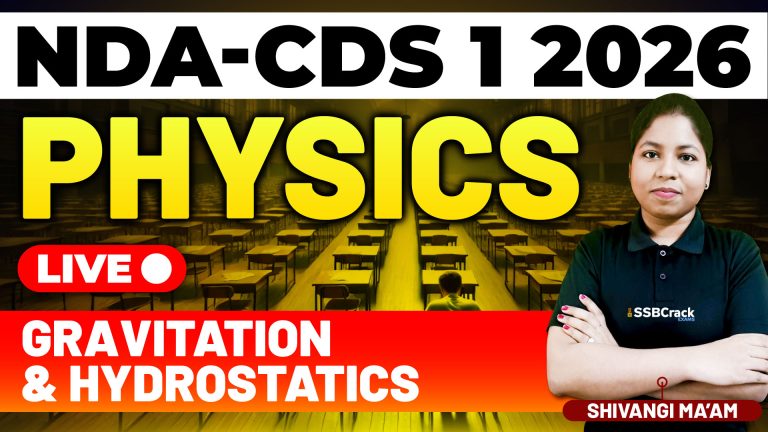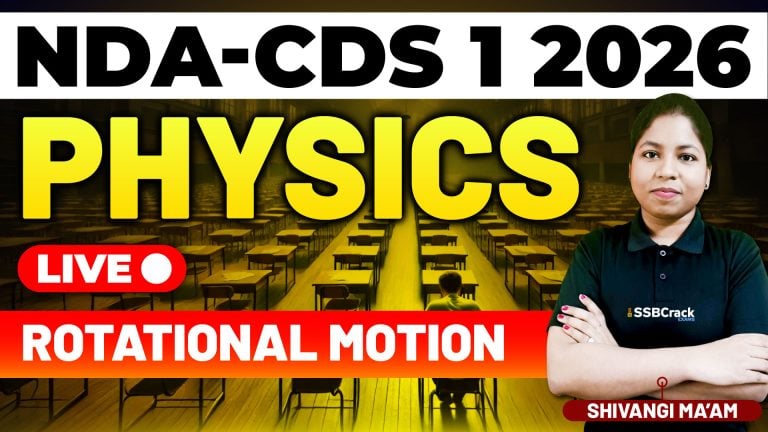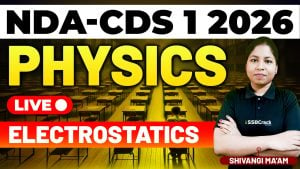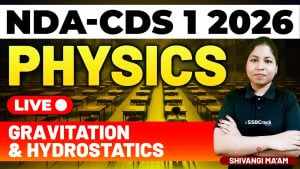Geometry is a vital part of the Maths syllabus for the Combined Defence Services (CDS) Exam. Recently, a class was held to dive into the fundamentals of Geometry, covering essential concepts like points, lines, rays, angles, and the properties of parallel and intersecting lines. In this blog, we’ll go over the foundational topics that were discussed and explore effective strategies for mastering Geometry, ensuring you’re well-prepared for the CDS and other defense exams.
Key Concepts in Geometry
Points, Rays, and Lines
- A point is a precise location with no dimensions. In geometry, points serve as the building blocks for all shapes and structures.
- A line extends infinitely in both directions and is defined by any two points on it. Unlike a line, a ray starts at one point and extends infinitely in one direction only.
- Understanding these fundamental definitions is crucial, as they help set the basis for more complex concepts in geometry.
Line Segment
- A line segment has two endpoints and does not extend infinitely, distinguishing it from a line. Line segments are essential when studying polygons and other shapes, as they form the edges or sides.
Intersecting and Parallel Lines
- Intersecting lines meet or cross each other at a point. When two lines intersect, they form angles which are helpful in analyzing geometric problems.
- Parallel lines never meet, no matter how far they are extended. In the context of parallel lines, understanding angles formed by a transversal (a line crossing parallel lines) is critical. This is because such angles reveal consistent relationships used to solve various problems.
Angles and Types of Angles
- Angles are formed when two rays meet at a point, and they can be classified by their measures. Some of the most common types of angles include acute, right, obtuse, and straight angles.
- Recognizing different angle types is key to solving problems and understanding other geometric properties.
Angles Formed by a Transversal with Parallel Lines
- When a transversal cuts through parallel lines, it creates pairs of corresponding, alternate interior, and alternate exterior angles. These angles exhibit specific relationships, such as being equal or supplementary. Familiarity with these properties enables quick problem-solving and identification of angles within geometric figures.
- This concept is often tested in competitive exams, where it’s used to determine unknown angles or verify the correctness of given information.
Linear Pair of Angles
- A linear pair of angles is formed when two adjacent angles share a common side and add up to form a straight line. Linear pairs are essential for solving problems involving adjacent angles and often appear in various questions related to line segments and intersecting lines.
Complementary and Supplementary Angles
- Complementary angles are two angles whose measures add up to 90 degrees, while supplementary angles add up to 180 degrees. These relationships between angles simplify calculations and enable quick determination of unknown angle values, which is especially useful in time-pressured exam situations.
Strategies to Prepare for Geometry in the CDS Exam
Master the Fundamentals
- Begin by thoroughly understanding definitions and properties of points, lines, rays, line segments, and angles. Mastering these basics will make advanced topics like the properties of parallel lines and angle theorems much more accessible.
- Practicing diagrams helps in visually identifying relationships between lines and angles, which can significantly improve your problem-solving speed.
Memorize Key Theorems and Properties
- Certain theorems and properties, like the Basic Proportionality Theorem and relationships involving transversals with parallel lines, should be memorized. Create a summary sheet of key properties and review it frequently to ensure they are ingrained.
- Use simple diagrams to recall properties visually, which can aid in quickly applying them in exam conditions.
Practice with Diagrams
- Visual learning plays an important role in Geometry. Whenever possible, sketch diagrams to help understand the relationships between angles, lines, and other geometric elements. Diagrams can reveal insights that simplify problems.
- Many students overlook the importance of accurate diagrams. Neatly drawn figures can make it easier to recognize properties and relationships between lines and angles, leading to quicker and more accurate solutions.
Solve Previous Year’s Papers
- Reviewing past exam questions will give you insight into the types of Geometry questions that frequently appear in CDS exams. By practicing with these questions, you’ll become familiar with common problem types, making you better prepared to tackle similar questions on exam day.
- Pay attention to recurring concepts like angle properties, parallel lines, and the Basic Proportionality Theorem, as these are often emphasized in CDS exams.
Time Management
- Allocate a set time for each Geometry problem while practicing. Geometry questions can sometimes be time-consuming, so it’s essential to manage time effectively during the exam. Practice with a timer to get accustomed to the pace.
- Skip lengthy questions initially and return to them if time permits. This strategy helps you maximize your score by tackling simpler problems first.
Understand the Question Context
- Some Geometry problems may involve complex descriptions that can initially seem confusing. Take time to read each question carefully and identify which geometric properties or theorems might apply. Visualize the problem by creating a quick sketch if needed.
- Break down lengthy problems into smaller parts. Identify the fundamental components and solve each part step-by-step instead of attempting to solve it all at once.
Review and Reflect
- After solving Geometry problems, review your approach to identify any mistakes or areas where you took extra time. Reflection can help pinpoint areas that need improvement and refine your strategy for future questions.
Conclusion
Geometry forms a crucial part of the CDS Maths syllabus and can be very scoring if approached methodically. The recent class on Geometry fundamentals covered essential topics, from the basics of points and lines to properties of angles and theorems like the Basic Proportionality Theorem. By mastering these principles, memorizing key properties, and practicing consistently, you can solve Geometry questions quickly and accurately.
Through regular practice, reviewing past papers, and time management, you’ll build a solid foundation in Geometry. This approach not only boosts your confidence but also prepares you to excel in the CDS exam. Remember, Geometry is as much about visualizing as it is about applying logic, so stay consistent in your practice and refine your approach as you progress. With dedication and focus, success in Geometry—and the CDS exam—is well within reach!



